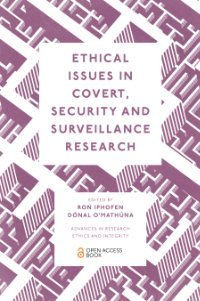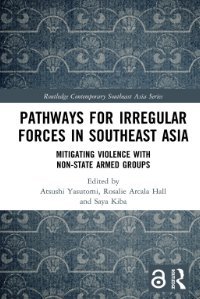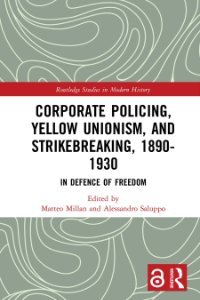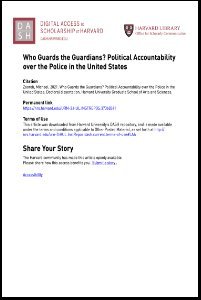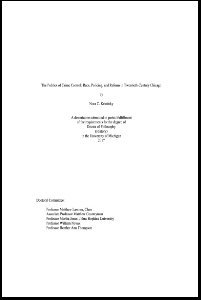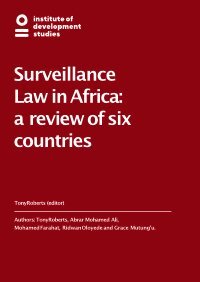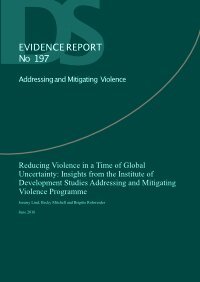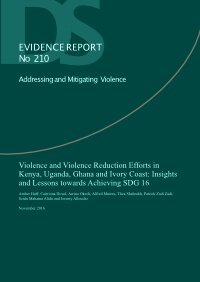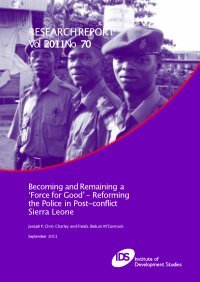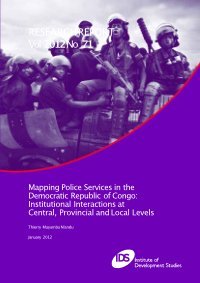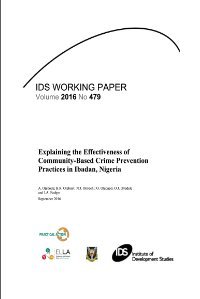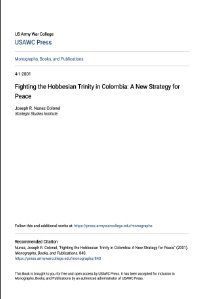By Fernando G. Cafferata. and Carlos Scartascini
Crime is a major problem in Latin America and the Caribbean. With 9 percent of the world's population, the region accounts for 33 percent of global homicides. Using new, extensive survey data, we endeavor to identify what anti-crime policies citizens in the region demand from their governments. We also analyze who is demanding what and why. We find that harsher penalties appear to be the preferred weapon in the anti-crime arsenal but people are willing to spend public moneys not only for punishment, but also for anti-poverty and detection policies. Citizens recognize that allocating resources to the police is better than subsidizing private security for citizens. Nevertheless, most oppose raising taxes to fund the police, a reluctance that might stem from mistrust in governments' ability to manage these resources. Mistrust, misinformation, and impatience combine to create flawed anti-crime policy. Educating citizens both about crime and about the fiscal consequences of their policy preferences may help move the region's public opinion toward a better policy equilibrium. Governments should also invest in their capability to design and deliver evidence-based solutions for fighting crime, and work to increase trust levels among citizens.
Washington, DC: Inter-American Development Bank, 2021. 68p.








